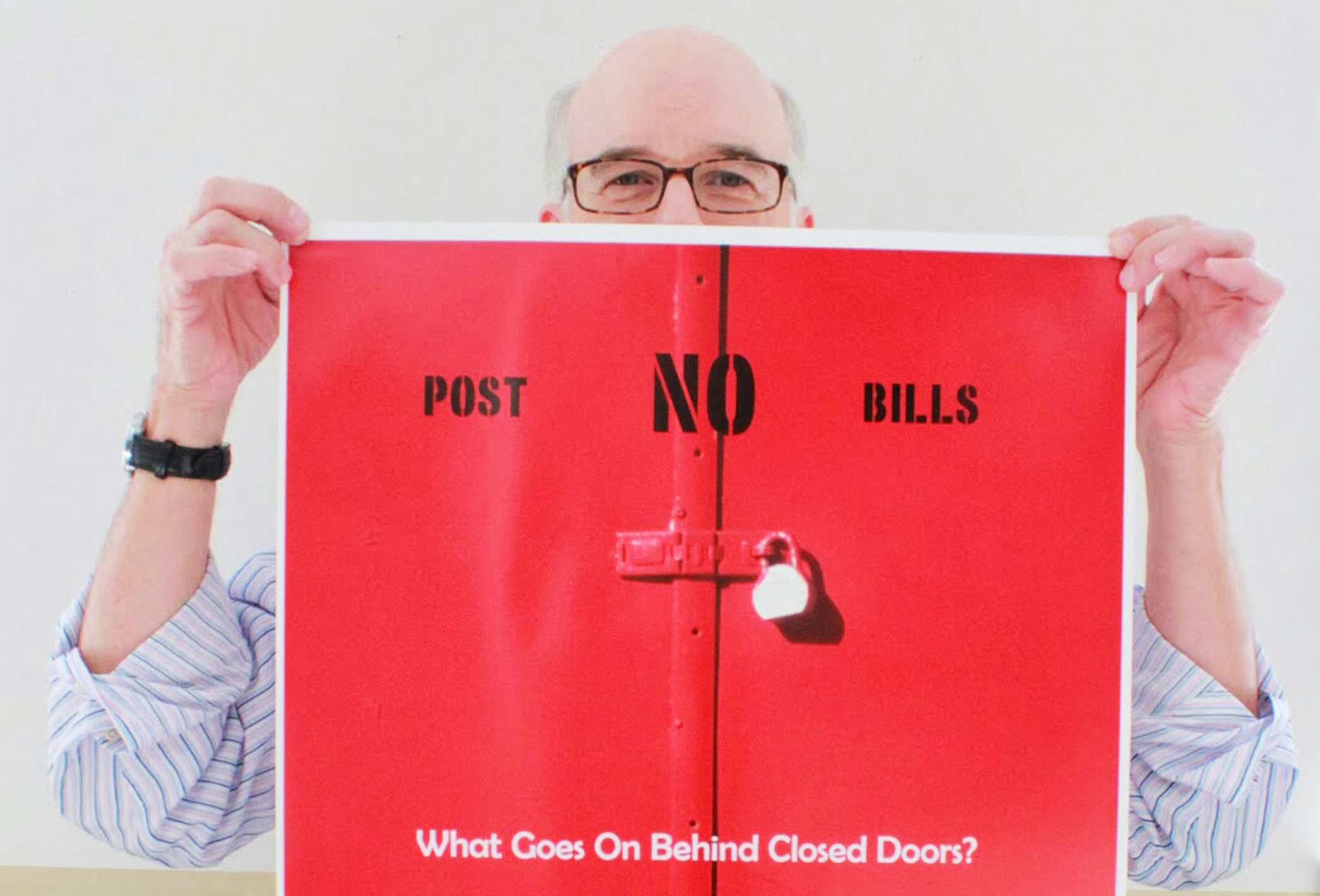
Melanie Kovacs ’15: Charles Collins, Upper School Photography Teacher, went on a sabbatical last year with two goals in mind: working on his thesis and finishing his latest book.
The thesis, which Collins sarcastically claimed he “probably never will finish,” focuses on the effect images have on behavior and human interaction. Collins specifically highlighted how technology changes the way people view and interpret images.
“[Photos] used to come from newspapers and magazines in relation to articles, now they’re stored on high resolution screens,” said Collins. “Does that change the way we look at images, and not only images, but the way we look at the world around us?”
To answer that question, Collins traveled to the University of Cambridge in England, where he attended small, intensive classes (sometimes with only two people) as well as larger lectures. Collins found the Cambridge program to be “very challenging and a wonderful learning environment” and the time he spent there last semester has inspired him and brought him to the point in working on his thesis where he can now “run with it.”
In the next year, Collins plans to conduct interviews and text-based research to complete his thesis.
Collins also used his sabbatical to make progress on his latest photography book, “What Goes on Behind Closed Doors?” which contains images of urban construction sites taken by Collins over the past 25 years.
Before creating the book, Collins said he wondered if “a photograph can trigger an idea or thought beyond what you’re immediately looking at in the initial photo.” “What Goes on Behind Closed Doors?” addresses this idea by presenting to the reader colorful images displaying the gritty, raw reality of city life. Collins’s book should be published within the next six to seven weeks.
Collins, surprisingly, did not spend much time taking new pictures during his sabbatical. “I wanted to give that part of me a rest,” stated Collins. “I became interested in the idea of what we’ve left behind in terms of photography.”
Citing the lack of passion in today’s photography fostered by the rise of digital images, Collins said that his sabbatical inspired him to do more with film.
“Film has a level of excitement that cannot be found in digital photography…it has a sense of mystery and anticipation,” stated Collins. Often, when Collins takes digital images, he does not feel the desire to see what he has captured. The exact opposite is true for Collins when shooting with film, which is a more personal experience for the photographer because a computer is not aiding in capturing the image. Collins compared film photography with his family ritual of cutting the first rose of the season and likened his excitement of viewing a newly developed film image to the wonder experienced by his two-year-old daughter the first time she smelled a rose.
Collins, who is now back teaching photography at EA, has been refreshed by his sabbatical and has been reinvigorated with his craft.
“A sabbatical is something that should be required for all faculty members,” said Collins. “[It allows you] to take a step back from the comfort zone of what you teach and gives you time to reflect on your life and what you’re doing.”